Why you should train your balance [PT 2]
![Why you should train your balance [PT 2]](http://thefootcollective.us/cdn/shop/articles/The_Barefoot_Life_Blog_Banner_9_7bbc0c8b-49f7-495d-a2c6-b9cc1bcefa06.png?v=1690272075)
In Part 1 of this series, we discussed how the balance system works and develops over time, through trial and error. Basically, we get up and fall down over and over and over again until we figure out the right balance strategy to remain stable while sitting, standing or moving.
When we’re young and small, these errors we make are not a big issue - when we fall down, we might suffer a scrape or a bruise but we tend to be able to shake it off and try again. When we’re older and bigger, a hard fall can be seriously injurious and even fatal depending on how, and onto what surface, we fall.

The rates of sports injuries in young athletic populations and falls in the elderly population are both consistently climbing. Yet most people don’t train their balance consistently, until after they have a fall or injury and they have been given balance exercises as part of a rehab program.
The problem is, our modern lifestyles and environments don’t challenge us anywhere near enough - everywhere we go, there are chairs to sit in and flat, level ground to walk on. Not to mention the crazy modern shoes that completely disrupt the relationship between our feet and the ground.

This is a major reason why it’s so important that we create a regular balance training practice in our lives. It makes no sense to just wait for our balance system to deteriorate enough for us to sustain some kind of injury before we train it - why not just get started now?
But balance training isn’t just about avoiding all the bad things that might happen to us. It turns out that this process of trial and error we engage in exploring new movements and activating our balance system is actually a critical stimulus for neuroplasticity in the brain. This is true for both children and adults, regardless of age - challenging our balance not only makes us better at balancing but better at learning in general.

That means you can use balance training as a form of moving meditation, where you get amazing benefits for your body while also stimulating your brain and clearing your mind, giving you a leg up for your work/study/social commitments!
It really is a no-brainer and I’m sure you’re convinced - but where do you start? How do you progress? Stay tuned for Part 3 to find out!



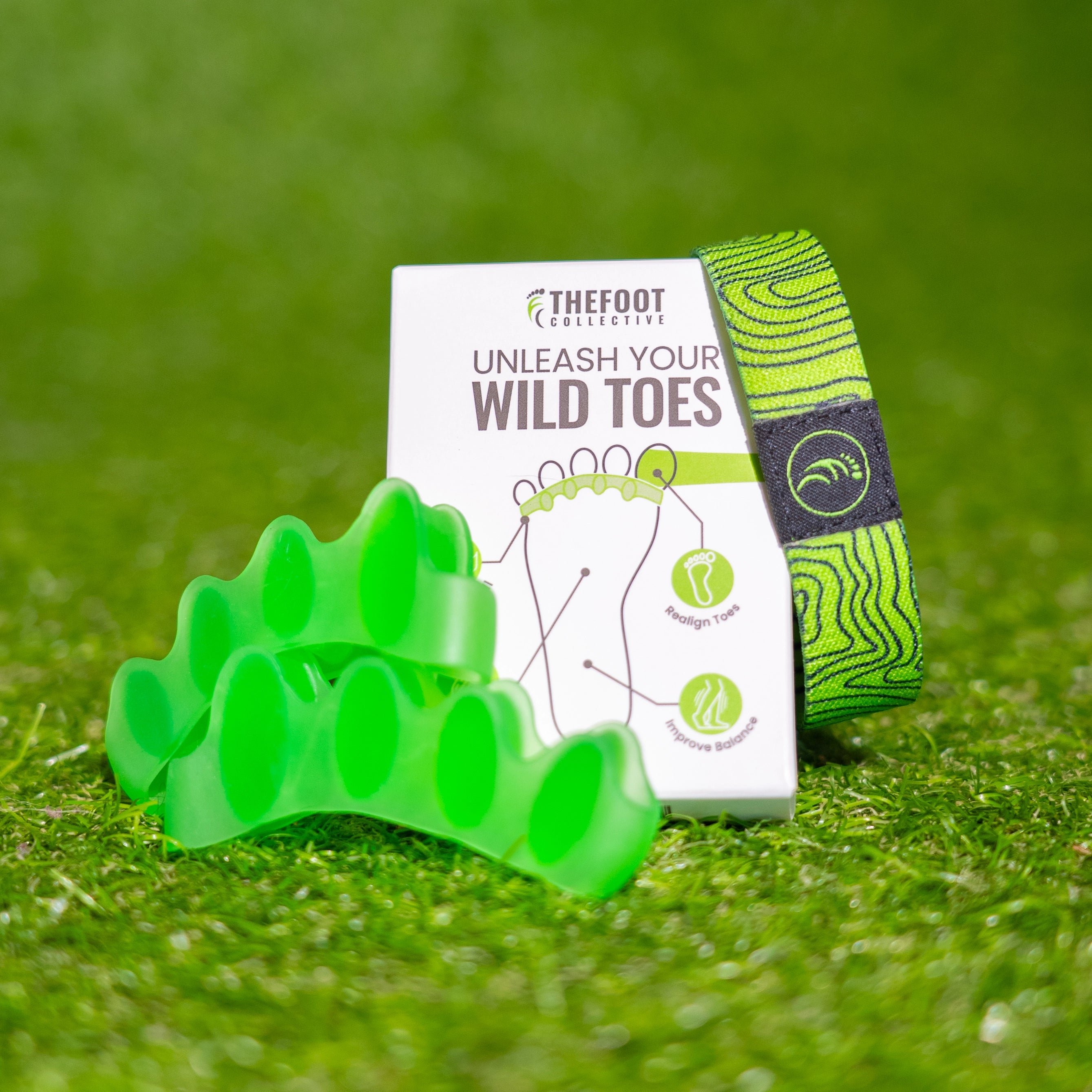
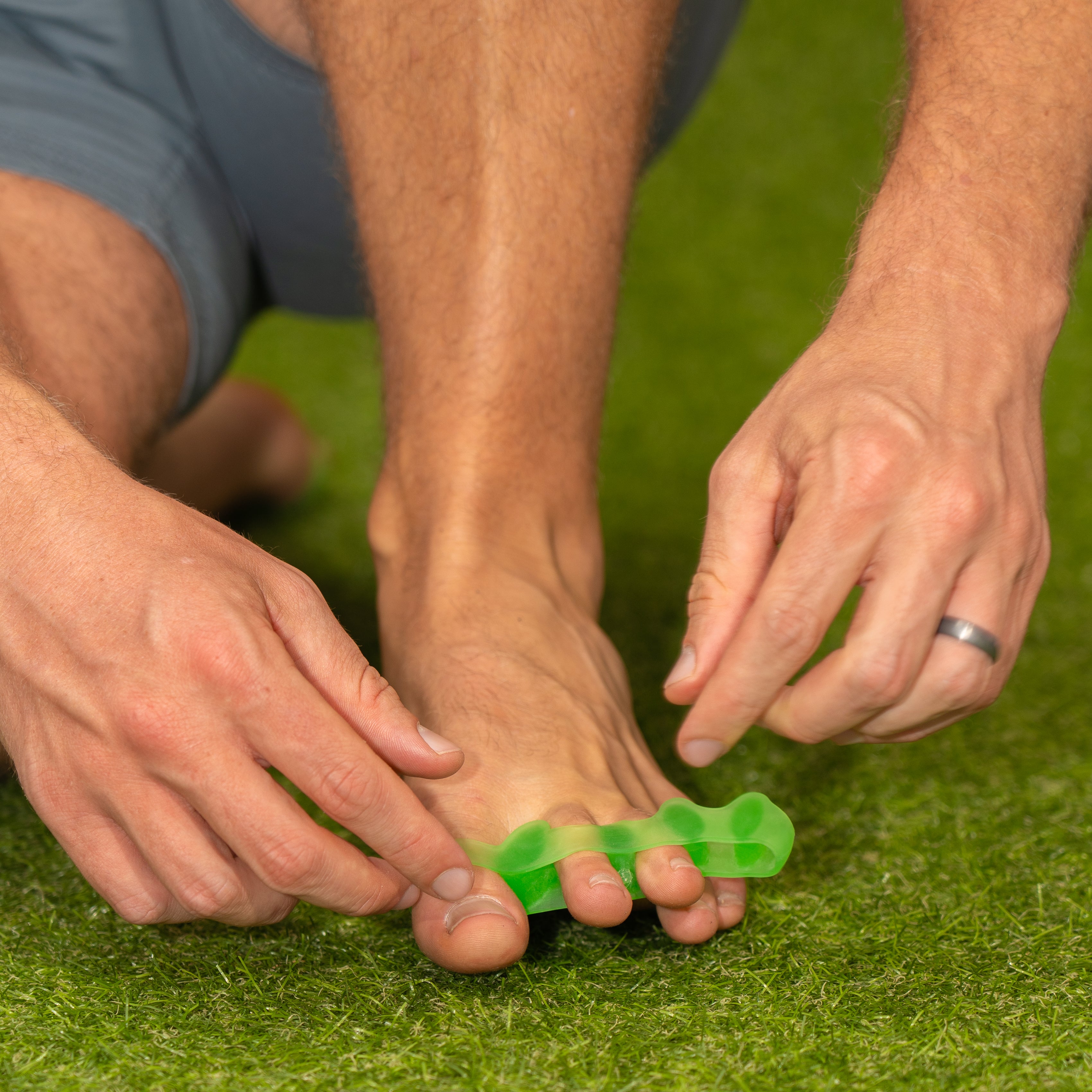

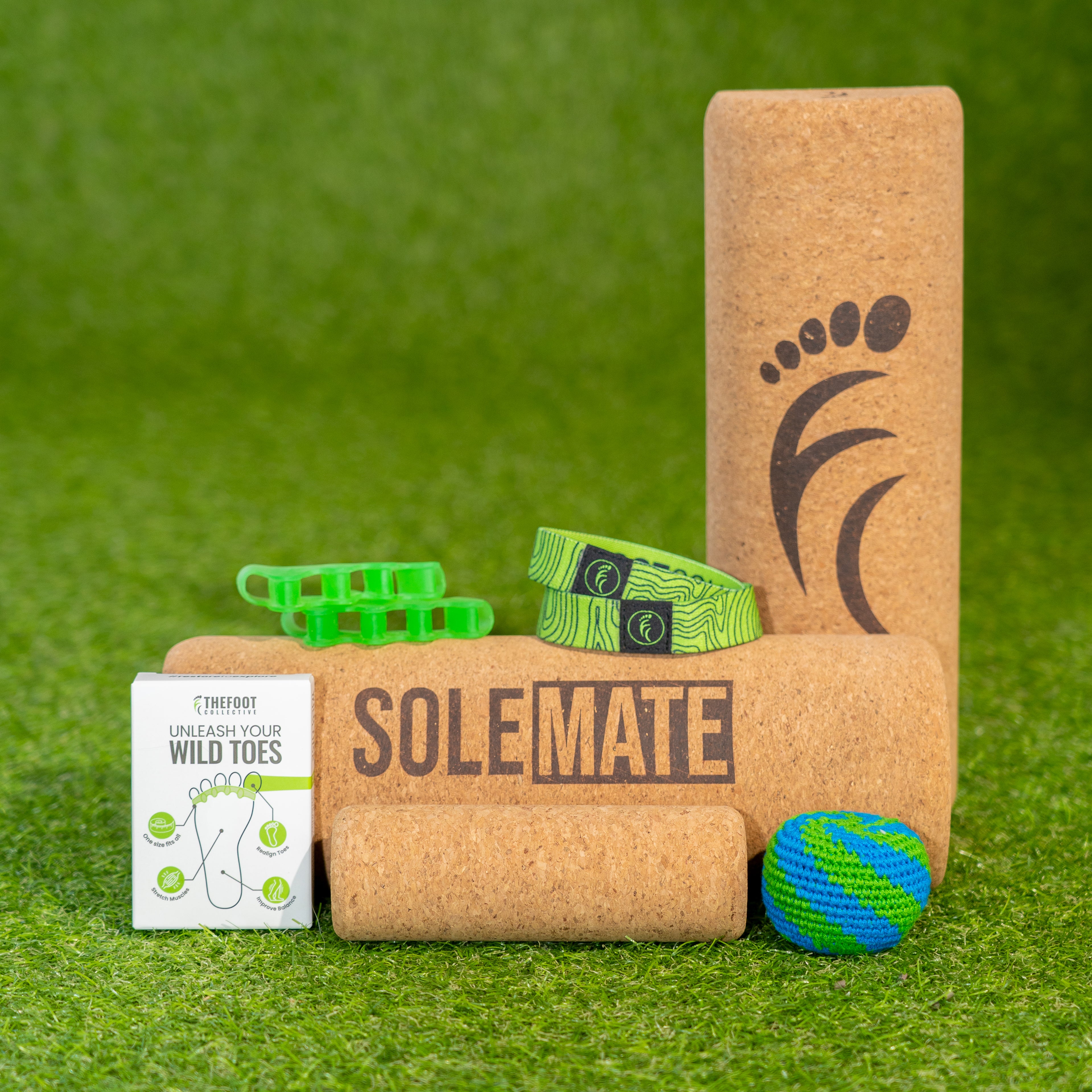
















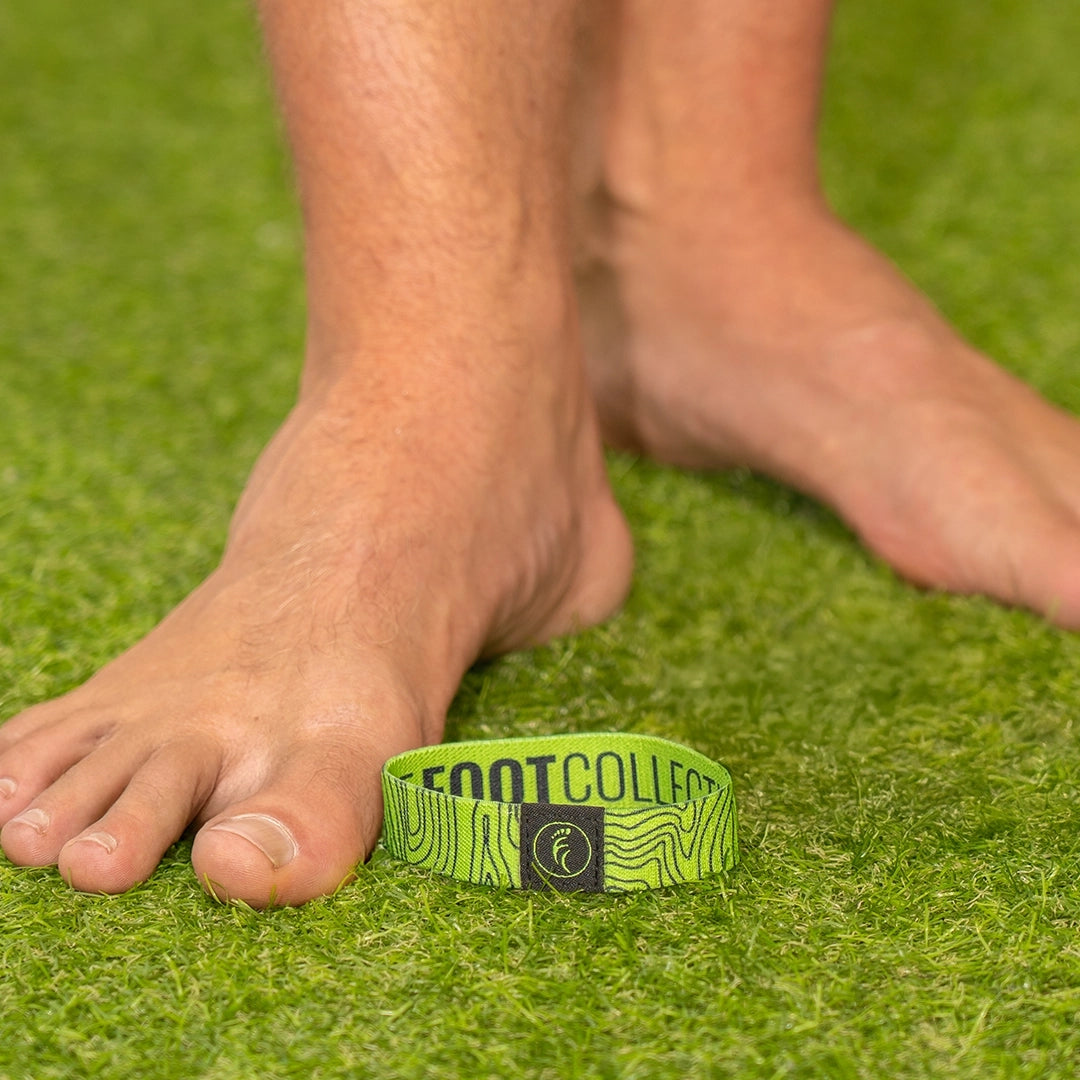




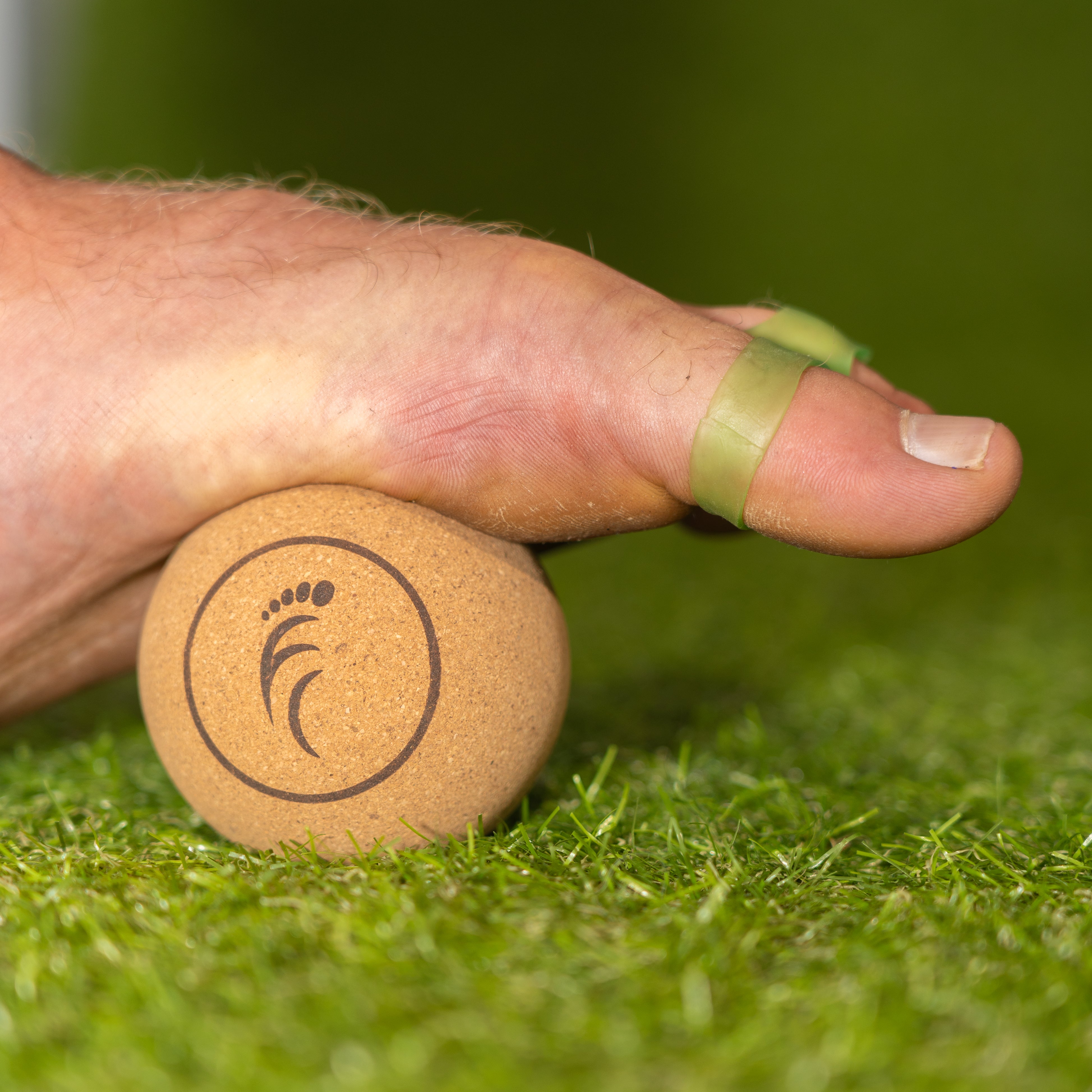

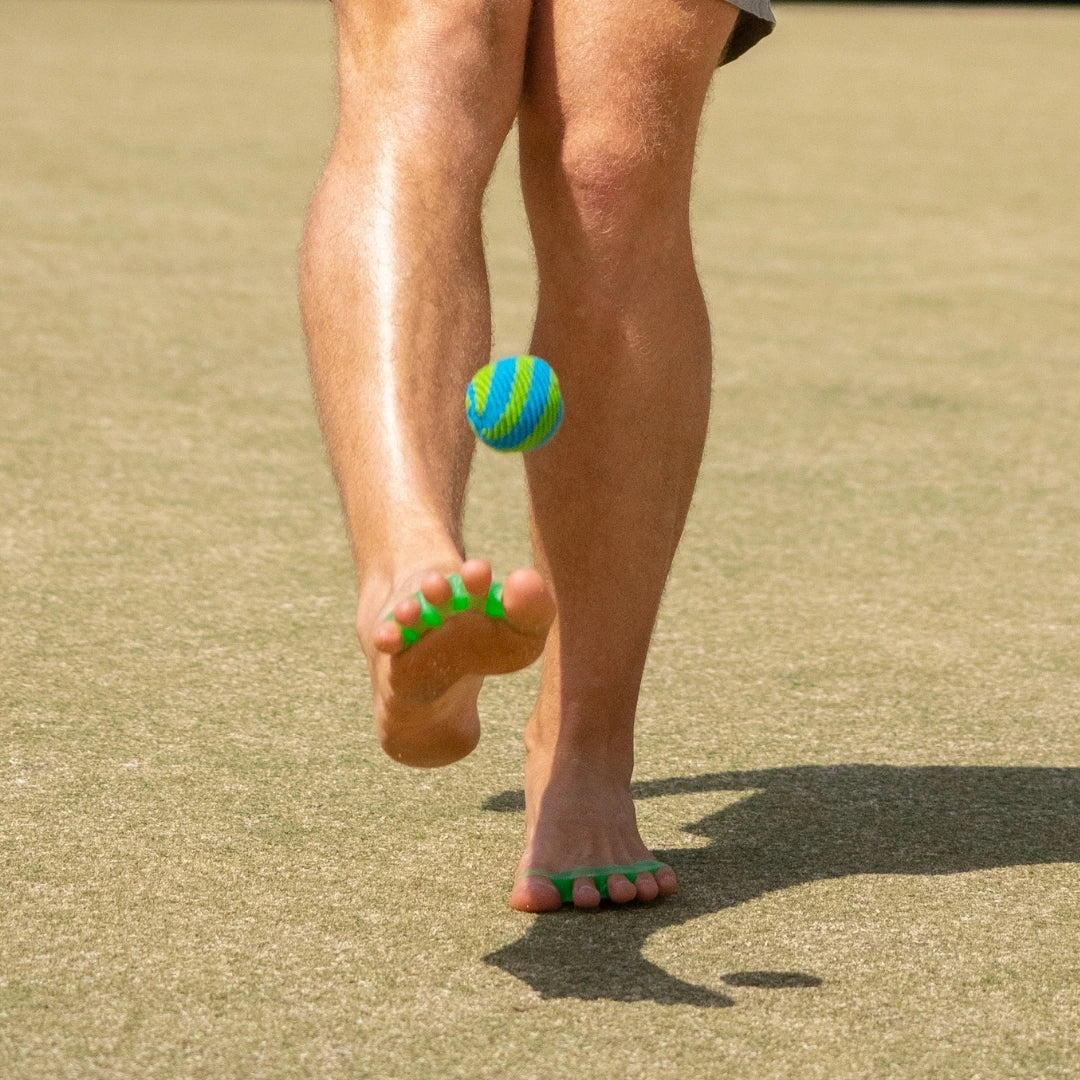


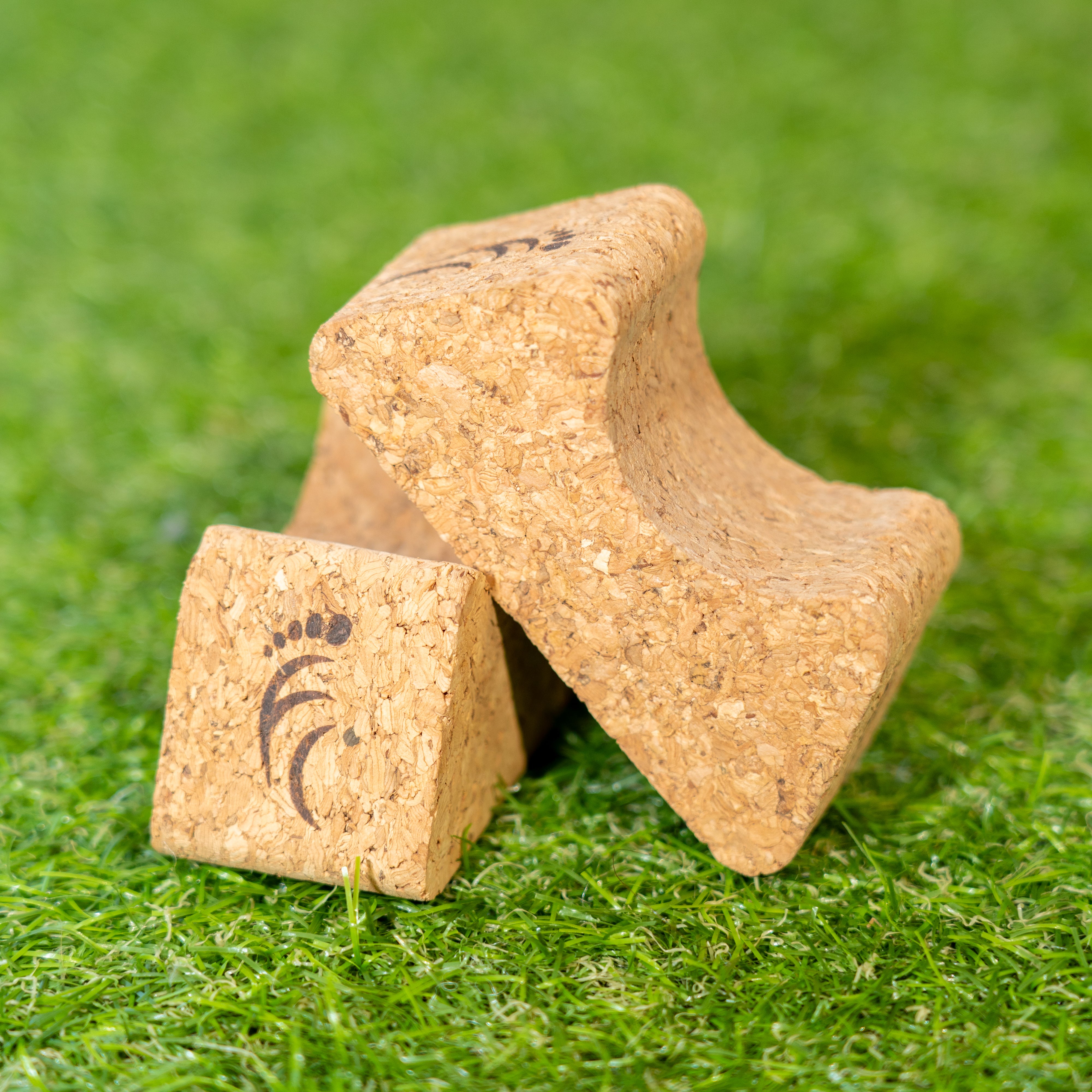





















Leave a comment